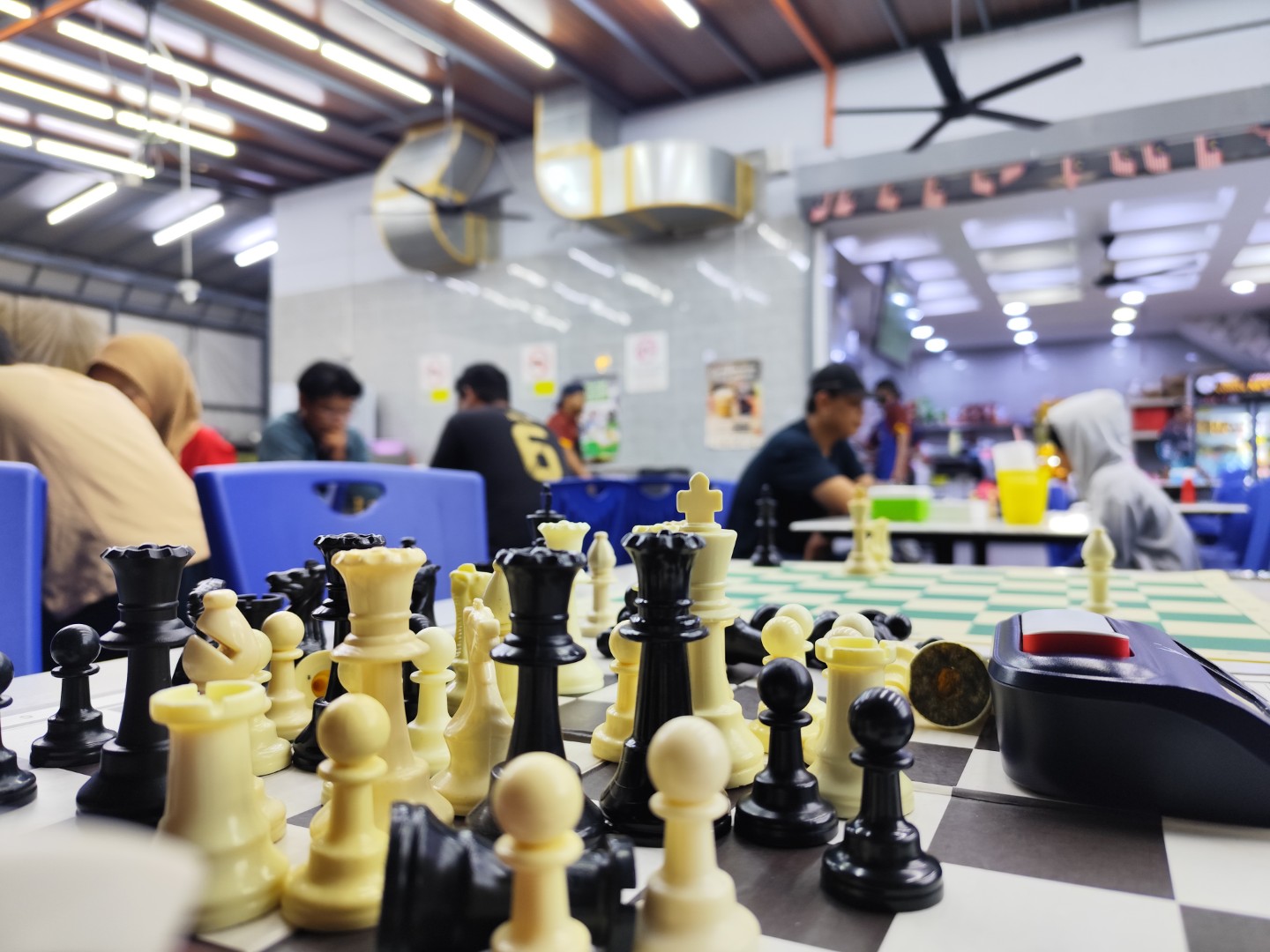It’s a happy month, not only for me but for the whole family.
My eldest, Maryam Khadijah, received her initial rating and put her in the first spot for U12 girls in Malaysia.

It’s just an initial rating, and it will fluctuate; meaning that she will be dropping her ratings due to her trainings.
Nevertheless, I am very proud of her. Recording this achievement here serves as a reminder of where she started.

💓Why I love chess?
I love to teach chess; does this counts? It feels good to see students understanding concepts and applying it in their games. It feels awesome to see students are able to understand theoretical moves – instead of memorizing they understood why such move is considered as “theory”.

Consider the above position, taken from the famous French Defense Classical Variation. Nearly all of us would play 6. Bxe7 without missing a heartbeat. However, aspiring young players must know what this move is played faster than the bullet train in Tokyo.

To understand the move, one must fully understood the concept of good and bad bishop – bad bishop are those who are blocked by it’s own pawns, good bishop is the opposite. White is exchanging his “bad bishop” with black’s “good bishop”, thus giving white a better minor piece.
But why second choice 6. h4, though? Some engine prefers this move (it’s called the Alekhine-Chatard attack, but who needs details, yeh?) because it gives white activities should black accepts the gambit pawn; which is an attack on the kingside via the h-file.
Imparting this knowledge to the young players brings joy to me; especially if they uses it in their own games.
🛠️What I worked on today
My Habitica character lost it’s golds and experience because I haven’t been training much lately. Procrastinating is such a pain.
I did trained my knight+bishop checkmating pattern, though. Still got it!
Speaking of working on one’s chess, I had a quick discussion with one of my hero, IM Mas Hafizulhelmi. He reminded me that the hardest part of training chess is not to know what to train, but to start training itself. It hit me like a truck; maybe I’ve been hiding behind excuses for too long.
Perhaps I might be playing in future tournaments? Who knows?





